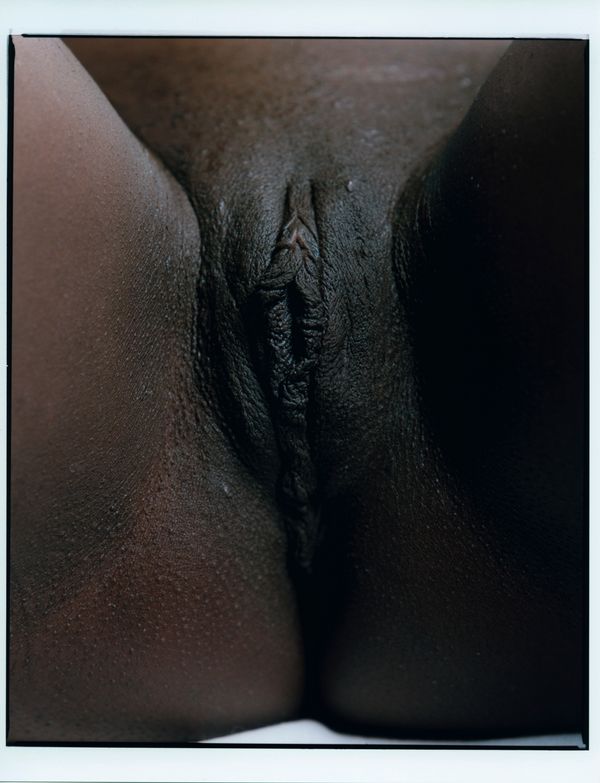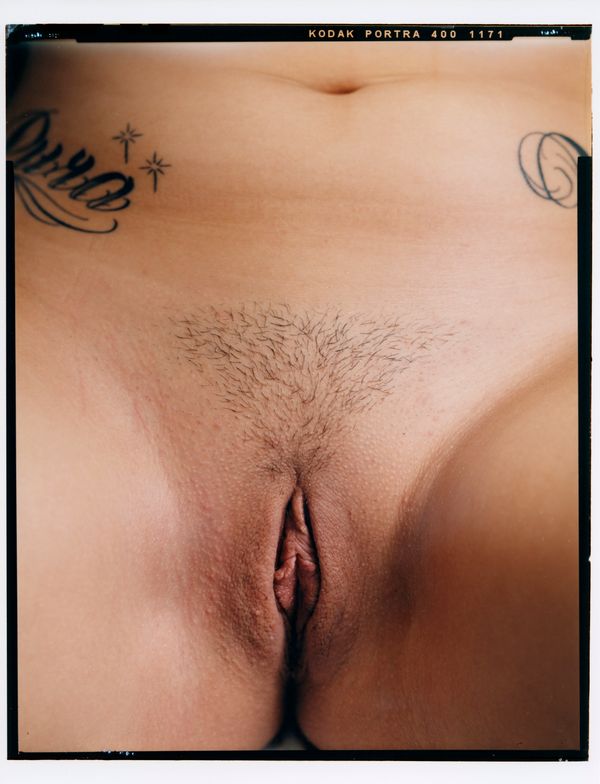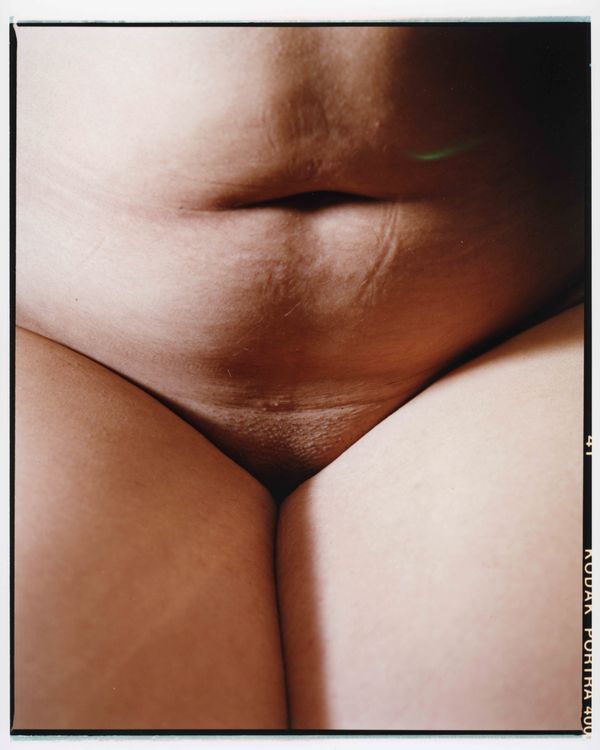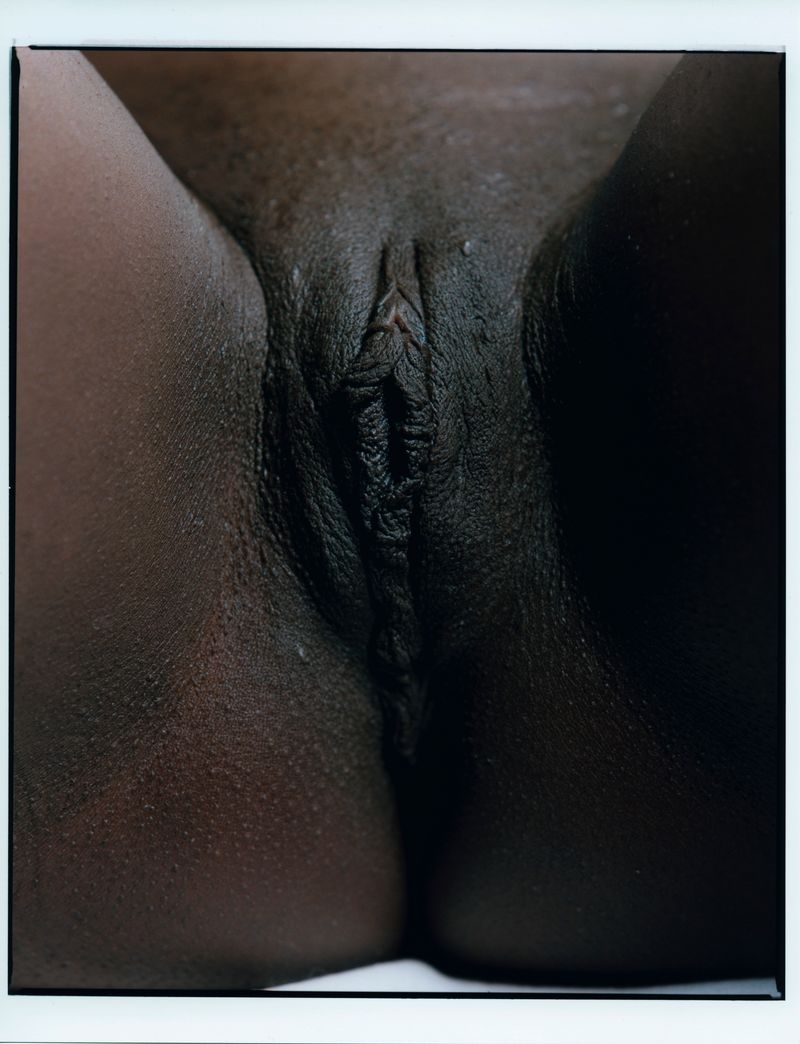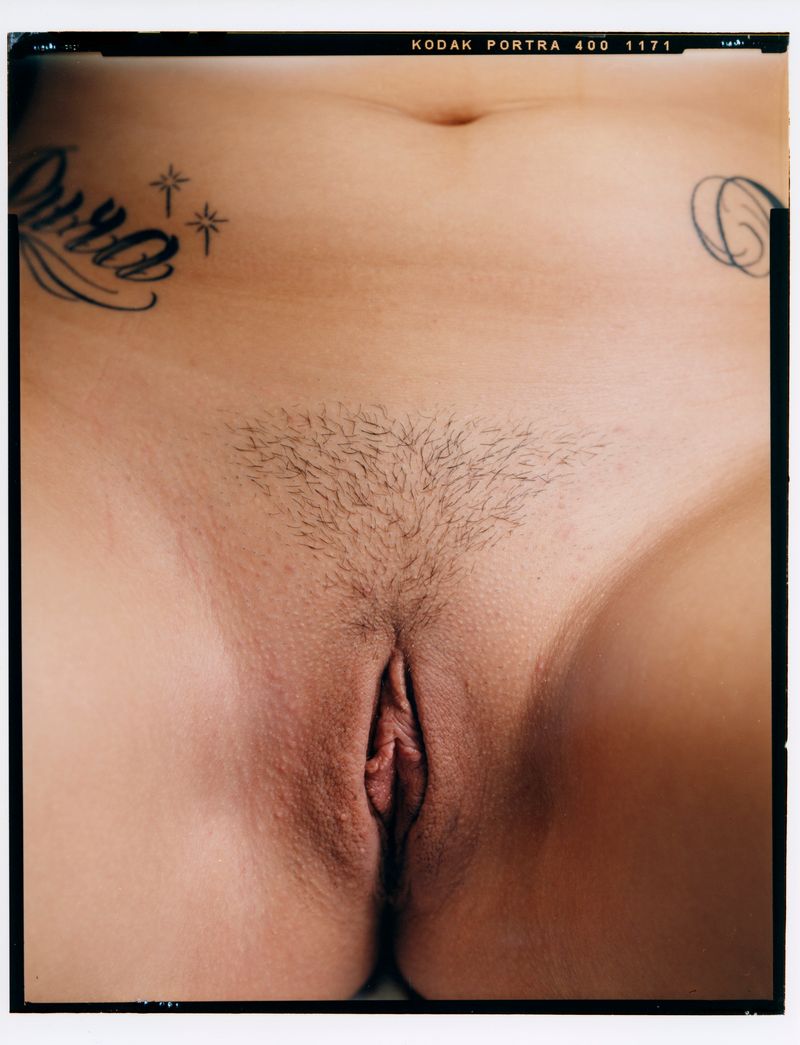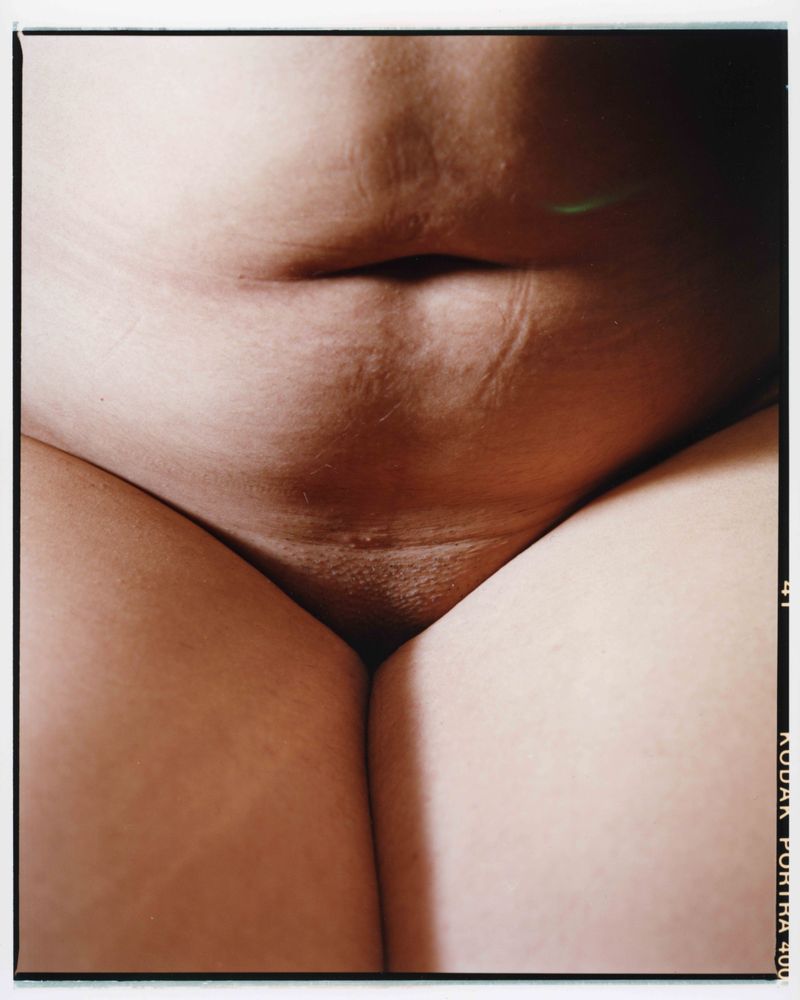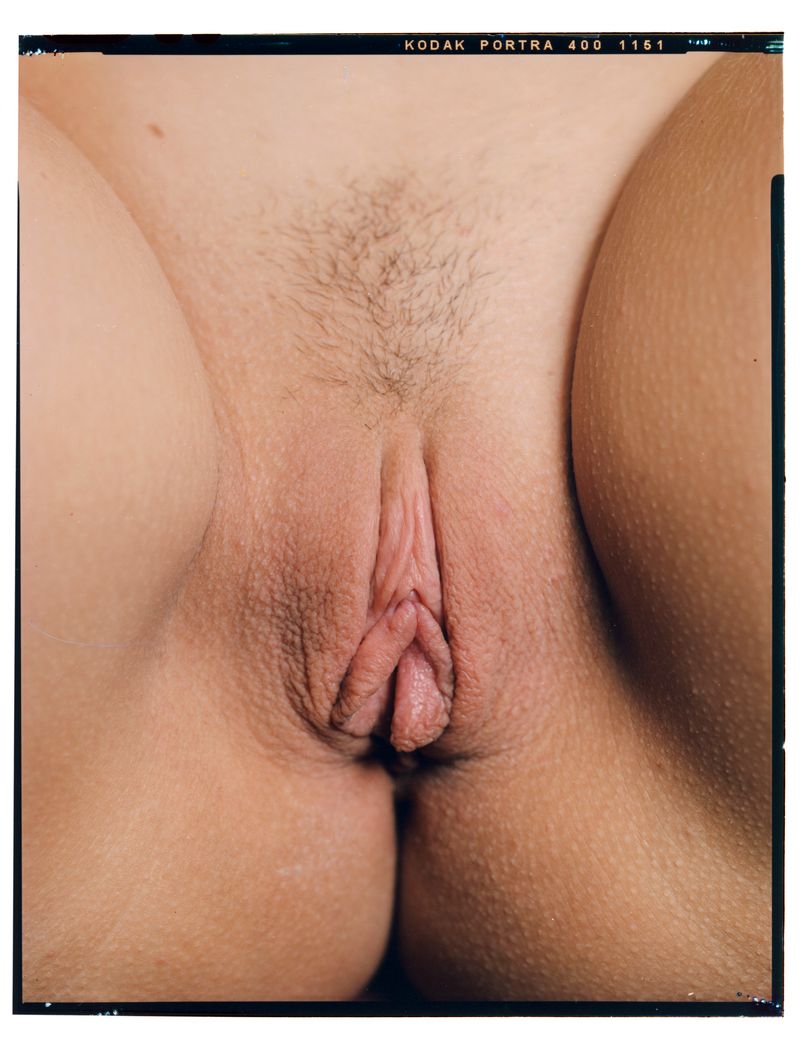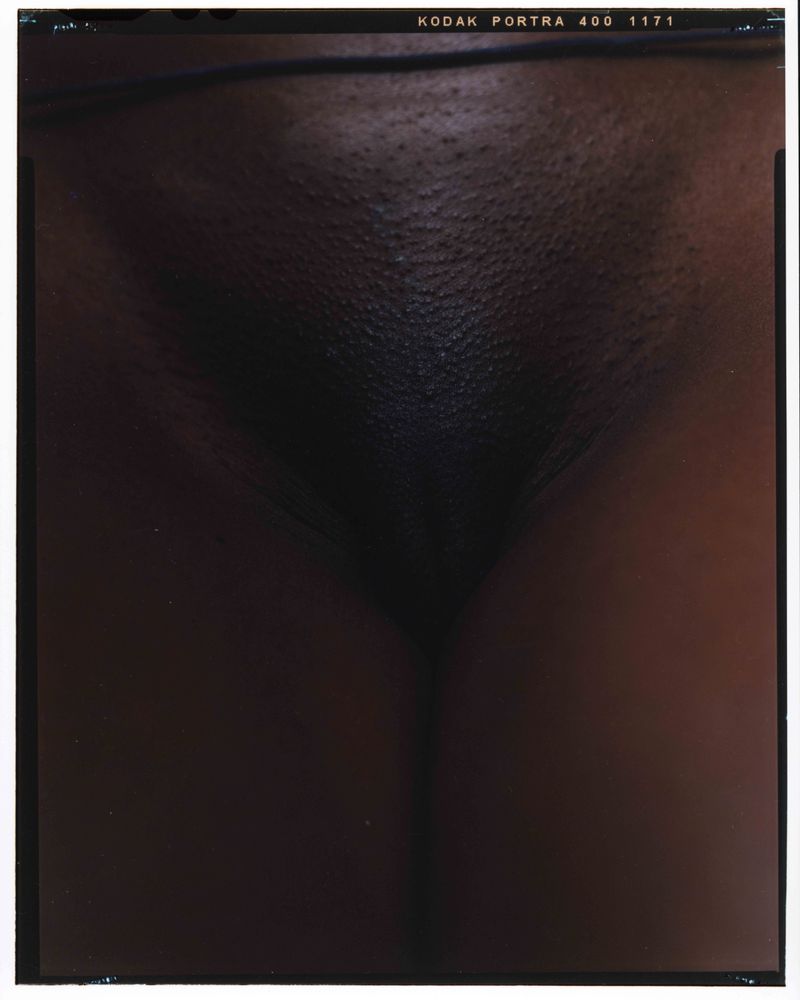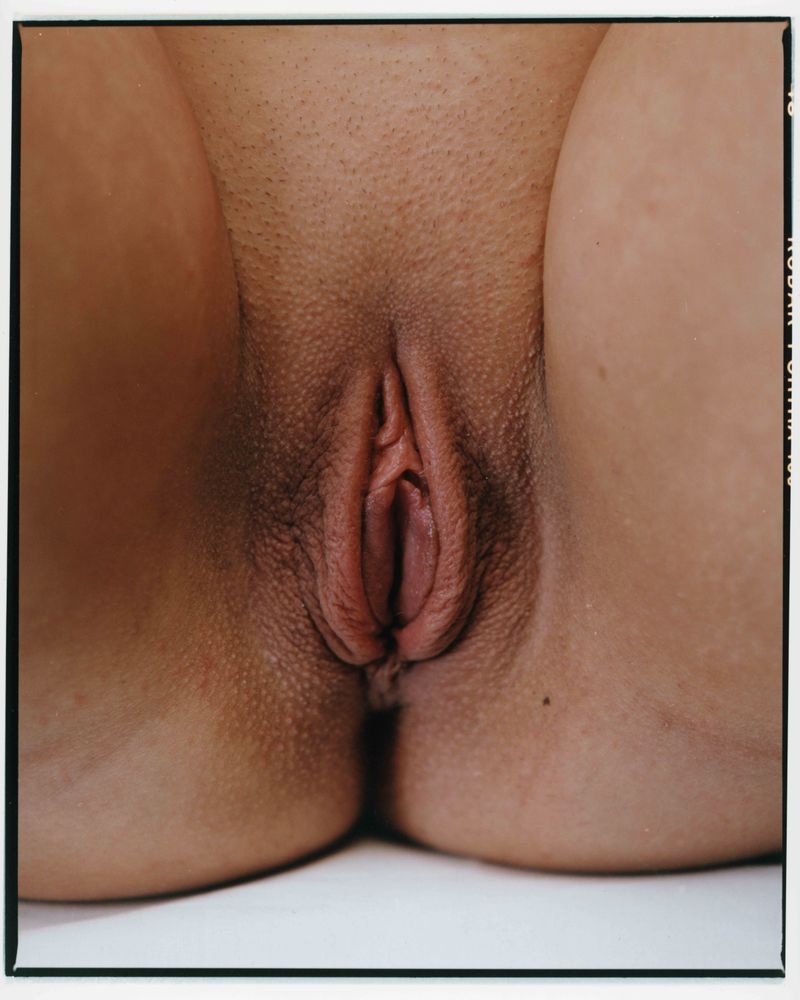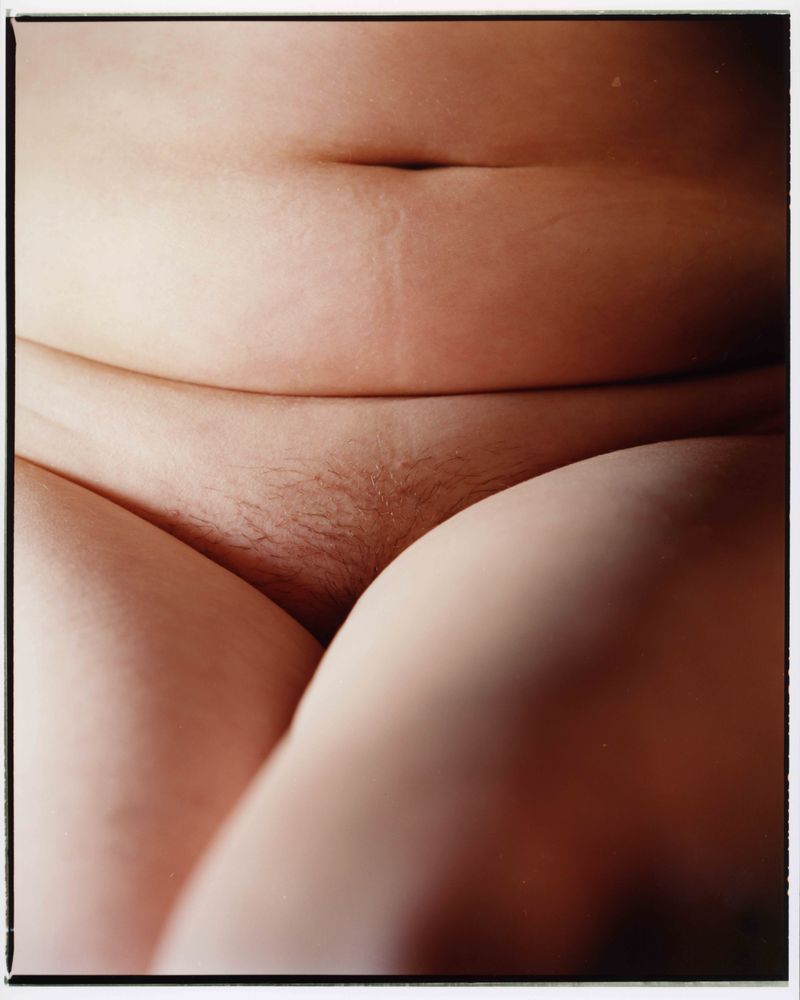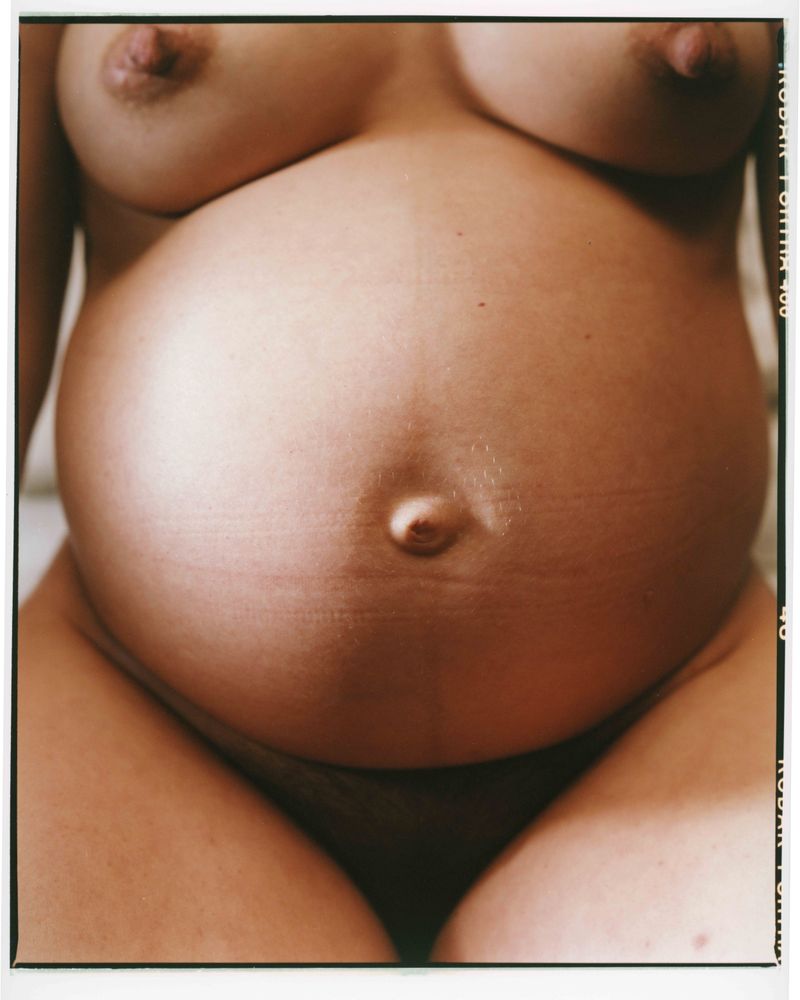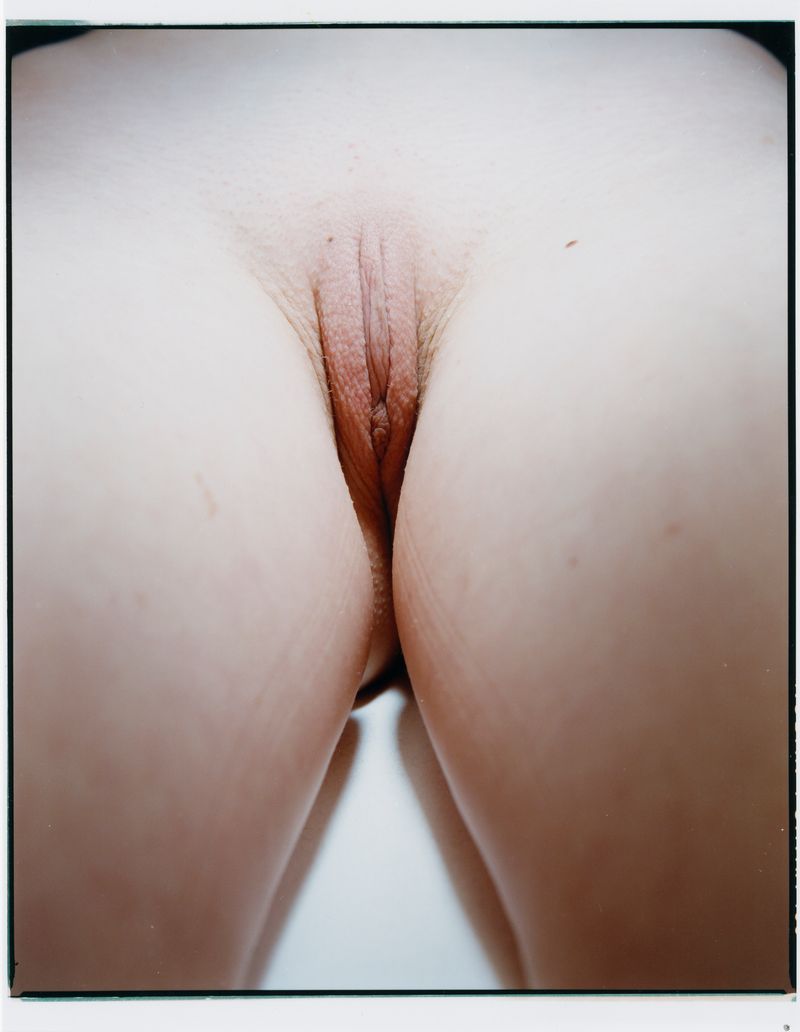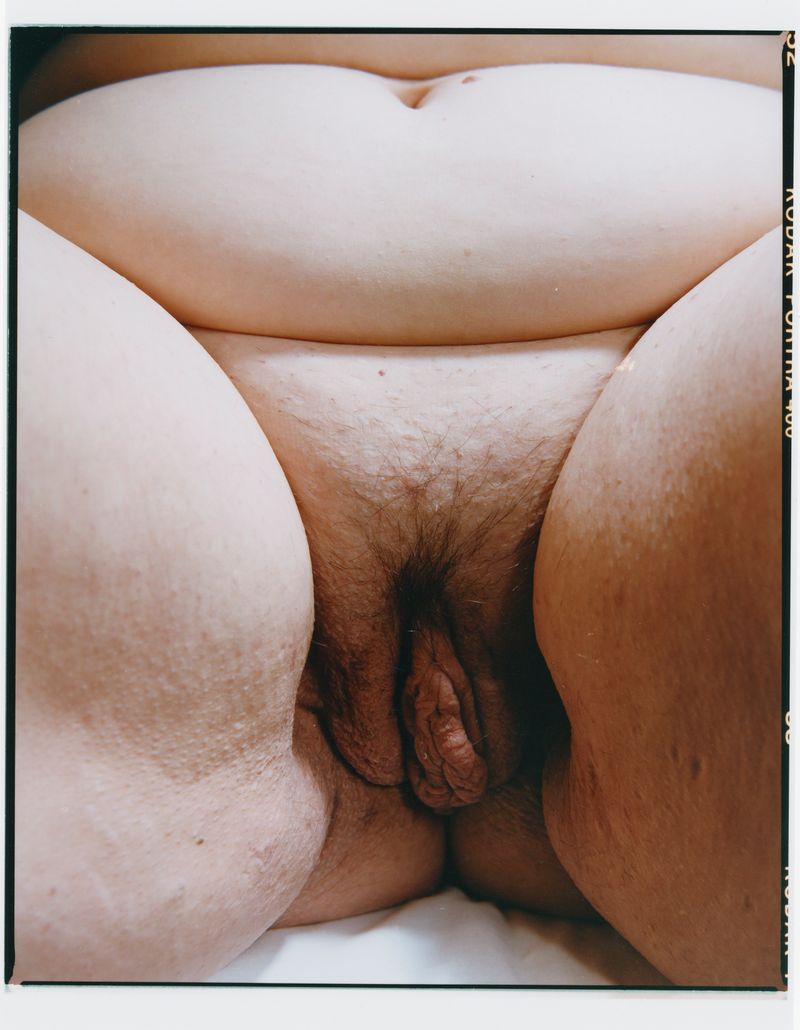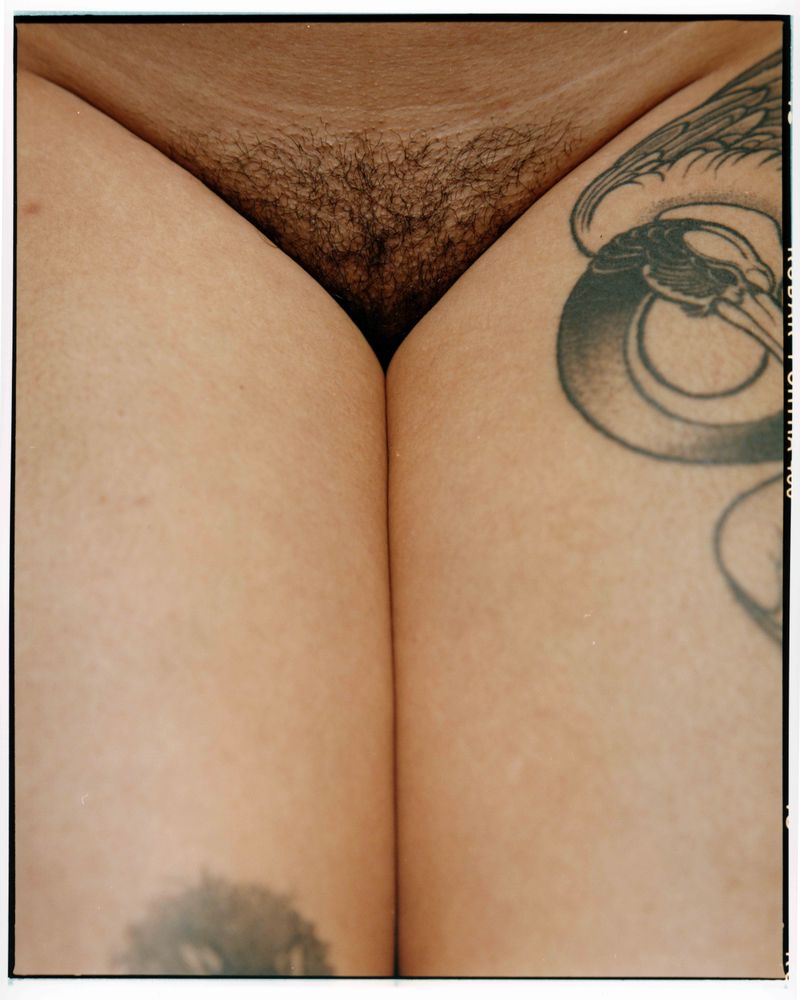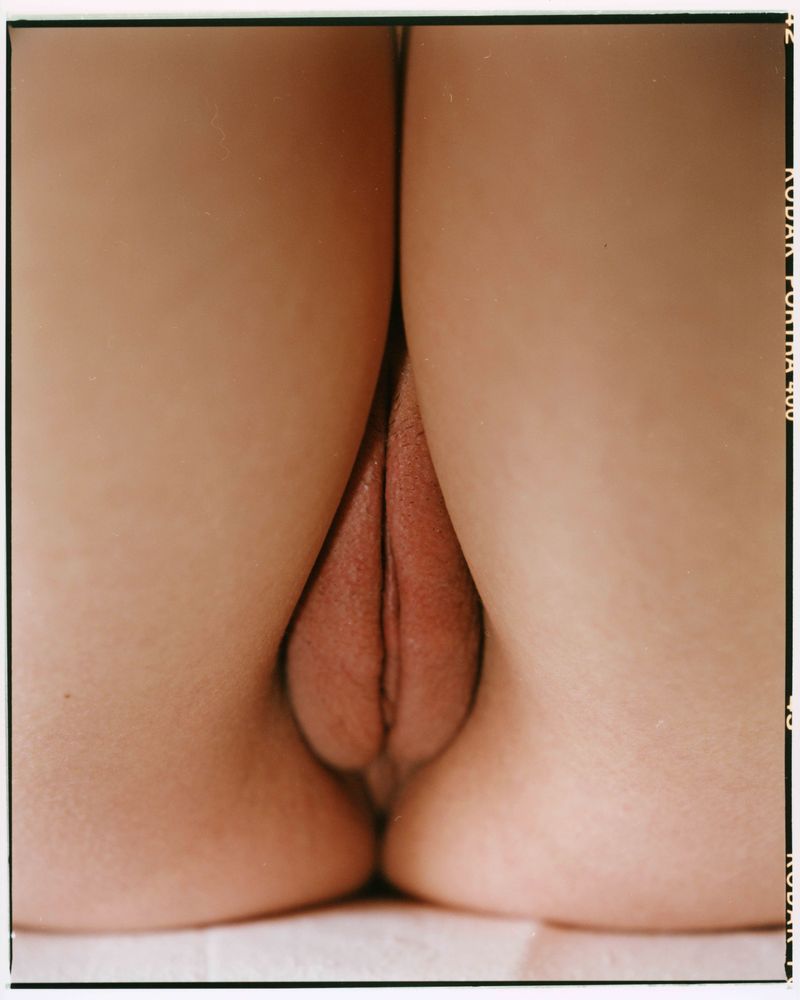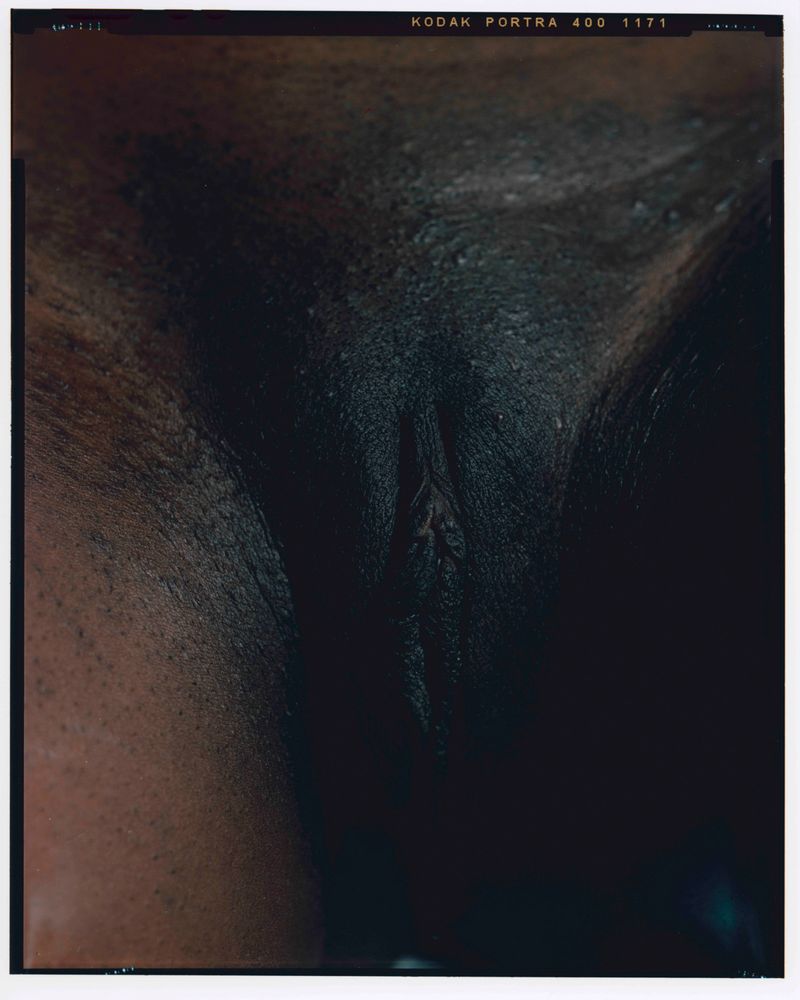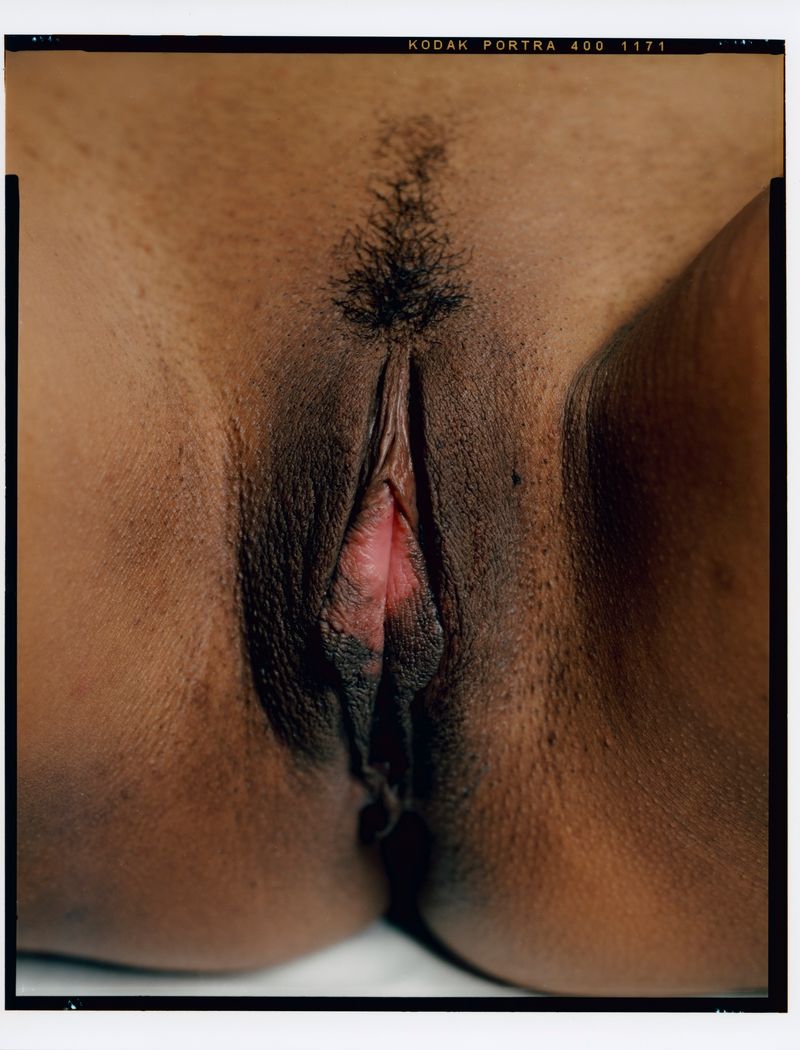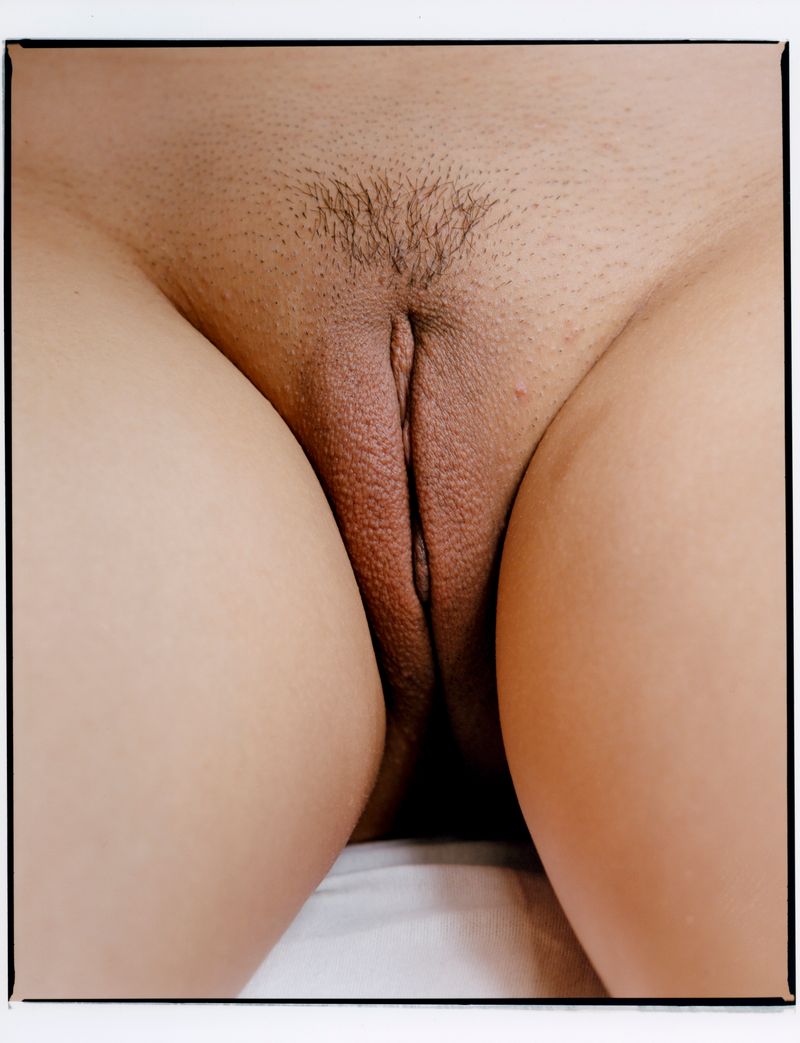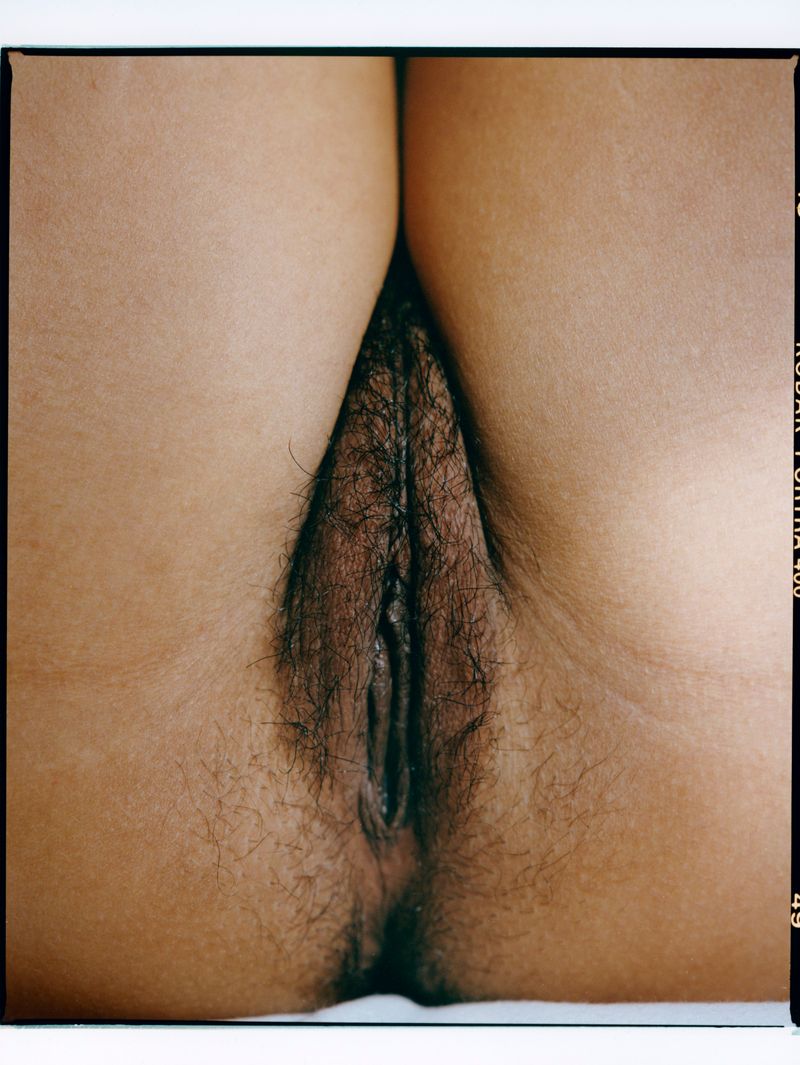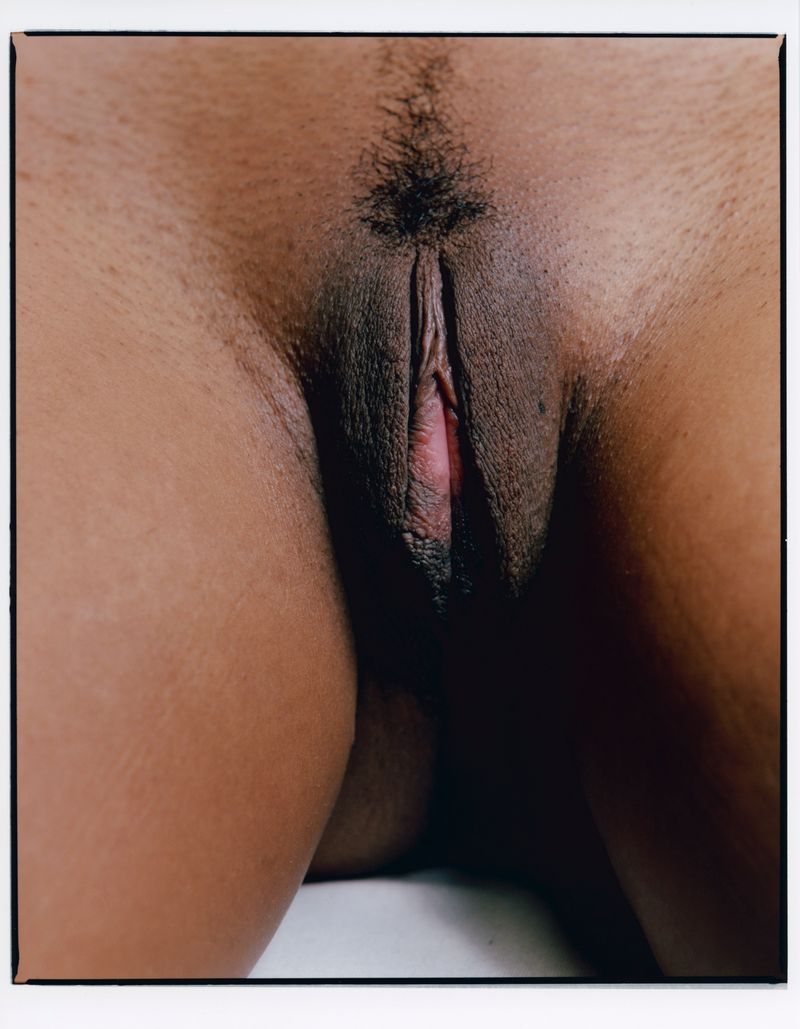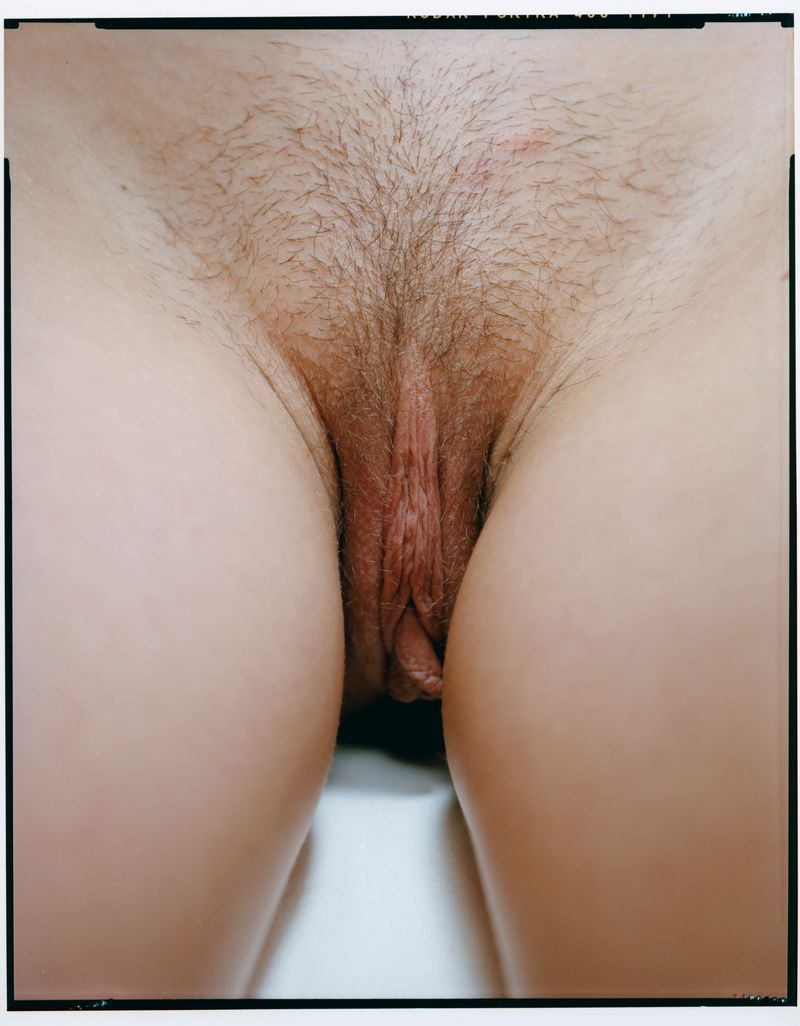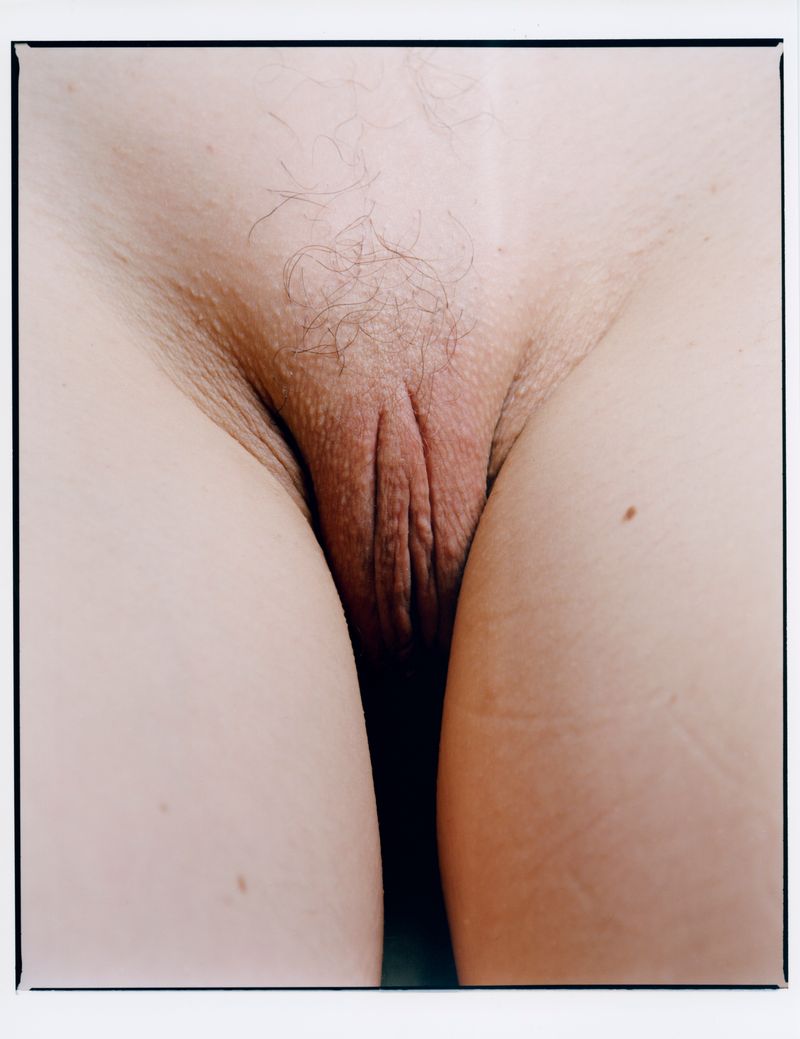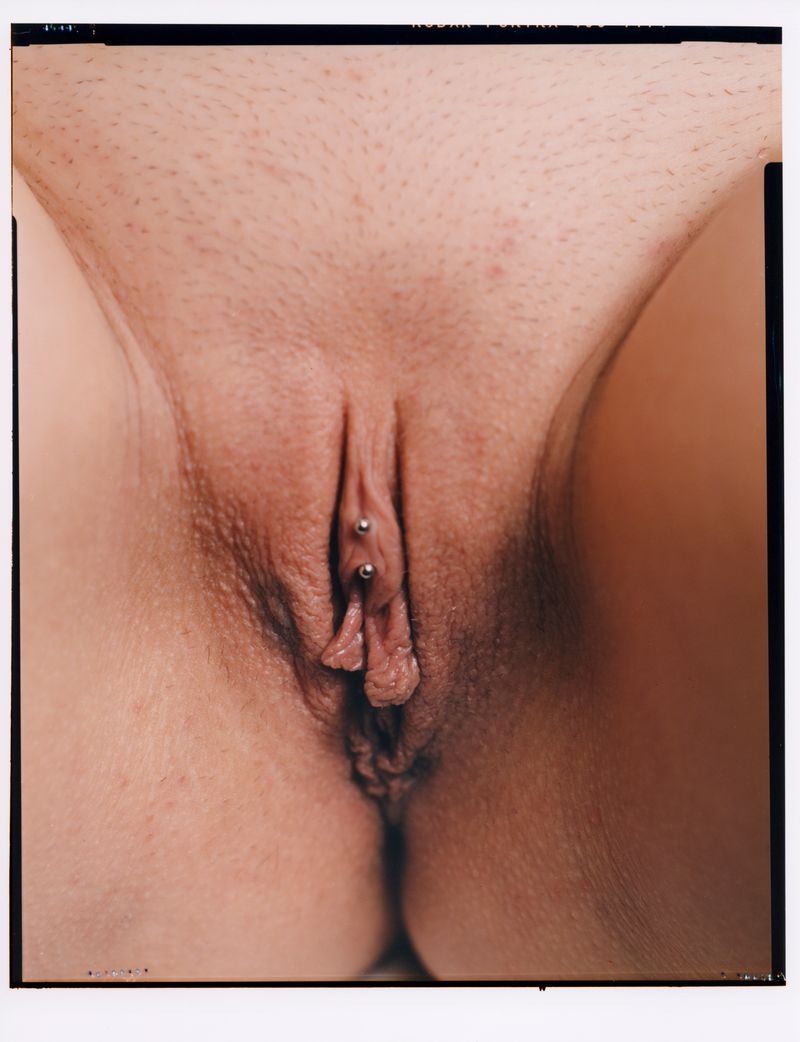Vulva
-
Dates2023 - Ongoing
-
Author
- Location Amsterdam, Netherlands
The discourse around the vulva is dominated by shame, sexualization, and trauma. This project aims to create a positive portrayal of female genitalia and document the female body from a woman's perspective, countering the male gaze that dominates artistic
Jaimy Gail's artistic practice focuses on examining women’s roles within a patriarchal society. Through carefully composed, intimate portraits of women, she reimagines the traditional portrait as a platform for social and political critique. Gail challenges the boundaries of our conscious and subconscious perceptions of what is considered the ‘normal’ or accepted image of women, pushing viewers to confront these societal constructs.
“Men have positioned their gender as the standard from which all other phenomena—including women—are viewed. By labeling women as 'the other sex,' they have shaped discussions about women as beings with distinct characteristics: their bodies, psyche, roles, and challenges.”
The discourse around the vulva is largely driven by themes of shame, sexualization, and trauma, often rooted in sexual violence or childbirth. This project aims to challenge these narratives, fostering a positive reimagining of female genitalia and presenting the female body from a woman’s perspective. It serves as a direct response to the male gaze, which continues to dominate representations of women’s bodies in visual arts.
For centuries, women’s bodies have been politicized, sexualized, and appropriated by men, making it difficult for many women to fully embrace their own bodies. Unlike male genitalia, the vulva is largely internal—both physically and symbolically. It remains hidden behind societal norms, like crossing legs, wearing clothing that obscures its shape, and avoiding discussions of vaginal health. In contrast, men are taught early on that a large penis symbolizes masculinity and power, as reflected in popular culture through phrases like "big dick energy." The male body, including its genitalia, is expected to take up both physical and symbolic space, standing in stark contrast to how society treats the female body.
In art, female genitalia are portrayed very differently from male genitalia. When they appear at all, the focus is often limited to the labia, ignoring the internal organ. The vulva is usually abstracted, depicted as a flower or symbolized by suggestive imagery like fruit. With this project, I aim to depict the vulva in its full diversity, capturing it from various angles and in a range of contexts, showcasing women of all ages, body types, and ethnic backgrounds. The series is a reflection of the diversity among people with vulvas.
Over the past few months, I have spoken with many individuals about their personal stories and experiences related to their vulvas. These stories were often inspiring, relatable, and at times deeply moving, highlighting how little we discuss these topics and how liberating such conversations can be. To preserve these narratives alongside the images, I collaborated with a writer to capture the voices and motivations of those I photographed.
So far, I have photographed nearly 60 women, including a transgender woman, a woman who had just given birth, three menstruating women, and others of various ages, sizes, and backgrounds. Moving forward, I plan to develop an exhibition and eventually a publication. In the next phase of the project, I will expand globally. I plan to travel to West Africa to photograph circumcised vulvas, aiming to highlight a story that is essential yet underrepresented. In some countries, over 90% of women are circumcised. While the project will address the difficult realities of circumcision, it also seeks to explore positive aspects, such as the practice of vulva-pulling in Rwanda, which is believed to enhance sexual pleasure. Additionally, I plan to document childbirth experiences in West Africa, and examine the influence of plastic surgery on the vulva. I am seeking financial contributions to support this expansion.
Currently, the visual arts landscape surrounding the vulva is limited to depictions that either sexualize, illustrate, or shock. This project seeks to offer a more aesthetic yet realistic portrayal of female genitalia, contributing to contemporary movements such as body positivity and the broader feminist trends inspired by #MeToo, which has sparked a renewed focus on bodily autonomy. True female emancipation requires engaging men in the conversation, which is why this project speaks to both women and men.
The Netherlands is known for its progressive stance on feminist issues, and this project builds on that legacy by portraying the vulva as something to be celebrated rather than shamed. Through this work, I challenge myself both conceptually and visually to explore how to capture and present the beauty of the female genitalia—an area rarely explored in photography. My goal is to encourage viewers to see the female body through an aesthetic lens, free from sexualization or power dynamics.
Technique
The project centers on capturing the beauty of the vulva in a poetic and delicate photographic style. I use soft, low-contrast studio lighting with warm tones to give the images a gentle, ethereal quality. I shoot with a large-format analog camera—a technical camera—paired with a telephoto lens to achieve sharp, detailed close-ups of the vulvas. This approach emphasizes the form and structure of the vulva, and when viewed up close, the vulva becomes abstract.
The final work will be published in a large-format book, with each page featuring a full-sized image accompanied by the individual’s name and their personal story. The size of the book, larger than A4, reinforces the impact and presence of the images.
An essential part of this project is its material presentation. All my work is shot on large-format film. The slow, deliberate process of analog photography forces me to work with precision and care, ensuring every shot is perfect. This attention to detail is evident in the final result. Digital photography still falls short in terms of the depth and richness of colors, as well as the level of detail preserved in large-format film. This meticulous craftsmanship extends throughout the production process, from photography to printing and ultimately to the book’s publication.
Each photo is hand-printed using analog techniques. Given the subject matter, the book’s design and foreword will also be created by women, ensuring that the project remains true to its feminist vision.
